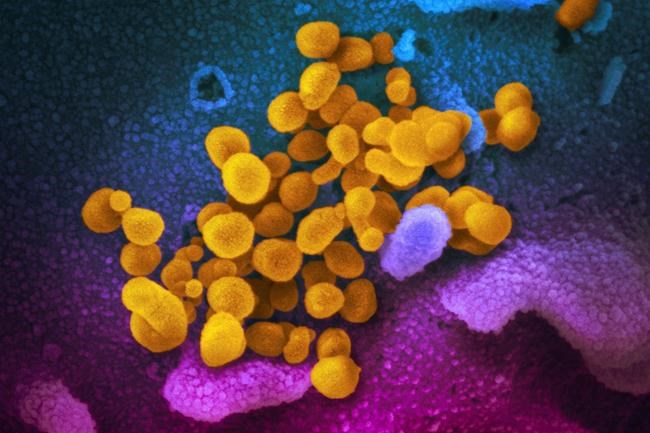Science summary: A look at novel coronavirus research around the globe
by Bob Weber
Thousands of scientists around the world are working on problems raised by the COVID-19 pandemic. Here is a summary of some recent research from peer-reviewed academic journals and scientific agencies:
---
If nothing else, COVID-19 has got Canadians all on the same side, says the Canadian Journal of Political Science. A paper published in the journal combines public opinion polling with an examination of tweets from members of Parliament, and concludes that the pandemic has created a united front among Canadians. Members of all three parties strongly supported public health measures such as physical distancing. None said concerns about the virus were overblown or spread misinformation. The authors say concerns about the virus and adherence to public health measures do fall off on the political right. But they say compared to polarization in the United States over COVID-19, Canadian society and its elites are more unified.
---
A non-peer-reviewed paper about non-peer-reviewed papers looks at the distribution and reliability of so-called preprint papers, especially concerning the explosion in research of the novel coronavirus. The study found COVID-19 preprint summaries were viewed 15 times more than non-COVID-19 preprints. It also found about 39 per cent of them had significantly altered summaries between preprint and peer-reviewed publication. More than a quarter had altered wording or numbers that strengthened or softened the data and conclusions. About 22 per cent of non-COVID papers saw significant changes over that process.
---
The Canadian Medical Association Journal has looked into differences in case fatality rates between the U.S. and Canada. Different countries often have different fatality rates, the authors say. But in this case, the two countries are very close. Assuming a less than 50 per cent reporting rate of COVID-19 cases, both countries had a fatality rate under two per cent. Canada's was slightly lower — 1.6 per cent versus 1.78 per cent south of the border.
---
The journal Health Expectations reports the COVID-19 pandemic has significantly changed birth plans for American mothers. About 45 per cent of respondents — predominantly white and middle-class — said they have changed some aspect of their plans. More women said they would give birth at home. Others said they would shorten their hospital stay through C-section or induced labour, or stay at home as long as possible. Some said they would wear a mask during labour, or limit the number of support people during birth as well as visitors thereafter. Some said they would alter their pain management strategy over fear of infection.
---
The International Journal of Antimicrobial Agents has summed up possible effects of COVID-19 on the body. Although the illness is known primarily as a respiratory ailment, the virus can also damage the heart, including heart failure, and the gastrointestinal system through symptoms such as anorexia, diarrhoea, nausea/vomiting and abdominal pain. A sizeable minority of patients reported liver damage. A smaller number have kidney damage. Some showed dizziness and headaches; others reported loss of smell and taste. Impaired consciousness and blood flow to the brain were reported, as were tics, seizures, vision impairment and nerve pain.
---
A non-peer-reviewed paper suggests that municipal sewage is a leading indicator of a COVID-19 outbreak. Studying the U.S. city of New Haven, Conn., the authors found virus concentrations in primary sewage led hospital admissions by three days and COVID-19 cases by seven days. They say rates of sewage viral load were similar to the COVID-19 testing data and reflect the concentrated outbreak that took place in New Haven. They say the data could provide an independent evaluation of local testing rates and estimate the number of new cases — although they warn the method would probably operate differently with different sewage systems.
---
This report by The Canadian Press was first published May 27, 2020